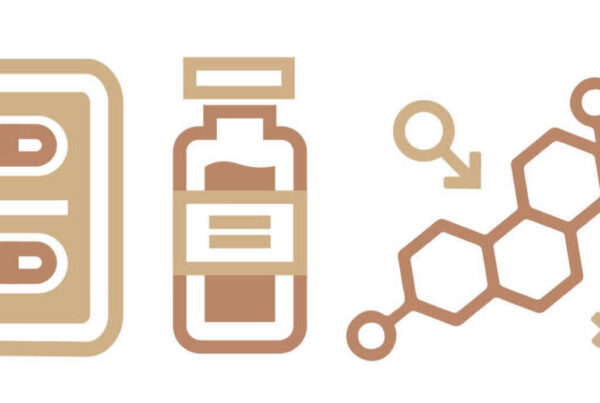Various lifestyle and biological differences put women at risk for different forms of cancer than men. Understanding how cancer affects women differently can be crucial, as it can lead women to be more aware of their bodies and to be on the alert for the more notable symptoms of cancer that may arise. An early diagnosis is crucial for survival regardless of the type of cancer because the disease becomes more difficult to treat as it spreads through and begins to affect other parts of the body.
Most women are aware of the status of breast cancer and its dangers, as it is the second most common form of cancer that women experience after skin cancer, which is in most instances not as life threatening. However, other forms of cancer women should be educated about include colorectal, cervical, ovarian, skin, lung, and endometrial cancers, all of which present as the most common for women. What follows is a brief overview of these cancers, and what women should be aware of when it comes to recognizing the symptoms and screening to catch these cancers early.
Breast Cancer
There has been much debate in the medical community as to the efficacy of mammograms in younger patients. However, every woman who has reached the age of 40 should be receiving an annual mammogram, as the risk of breast cancer increases exponentially after this age. In addition to a clinical check for breast cancer as a part of their regular exam, younger women should be aware of the importance of checking their breasts on a regular basis for lumps, leakage from the nipples, and other irregularities that may indicate a problem. Those with a family history of breast cancer or other factors such as obesity or smoking that may heighten their risk may also opt for other methods of examination such as MRI under the recommendation of their doctor.
Cervical, Endometrial, and Ovarian Cancer
Cancers of the reproductive system can occur in women of all ages although the types of cancer than women experience may change depending on age. While the risk of endometrial cancer (or cancer of the lining of the uterus) and ovarian cancer increases with age, any woman who has been sexually active and who may have been exposed to the HPV virus can be at risk for cervical cancer. A regular pap test is crucial for the identification of cervical cancer before it is allowed to spread, while women should be on the alert for reproductive changes such as excessive bleeding, bleeding between periods, pelvic pain, and swelling that may indicate a problem.
Other Cancers
Report all abnormal changes to a doctor. Both smokers and non-smokers who experience chest pain, excessive coughing, or an increased number of upper respiratory infections should contact a doctor immediately for a lung cancer screening . Remember – only 80% of women who get lung cancer smoked prior to their diagnosis.
Women should always be on the alert for changes to their skin such as abnormal mole growth or lesions. Report abdominal discomfort, changes in bowel movements, and rectal bleeding to a doctor – there is a high incidence of colorectal cancers in both male and female patients, and both can be incredibly serious if not dealt with immediately.
Being aware of your body and understanding when something simply isn’t right – whether it’s an unusual growth, a lump, or simply an unexplained feeling of fatigue – is your greatest weapon in the fight against cancer. By alerting your doctor to any and all symptoms you may be experiencing you can identify and treat these potentially fatal diseases before they have the chance to become more serious.





